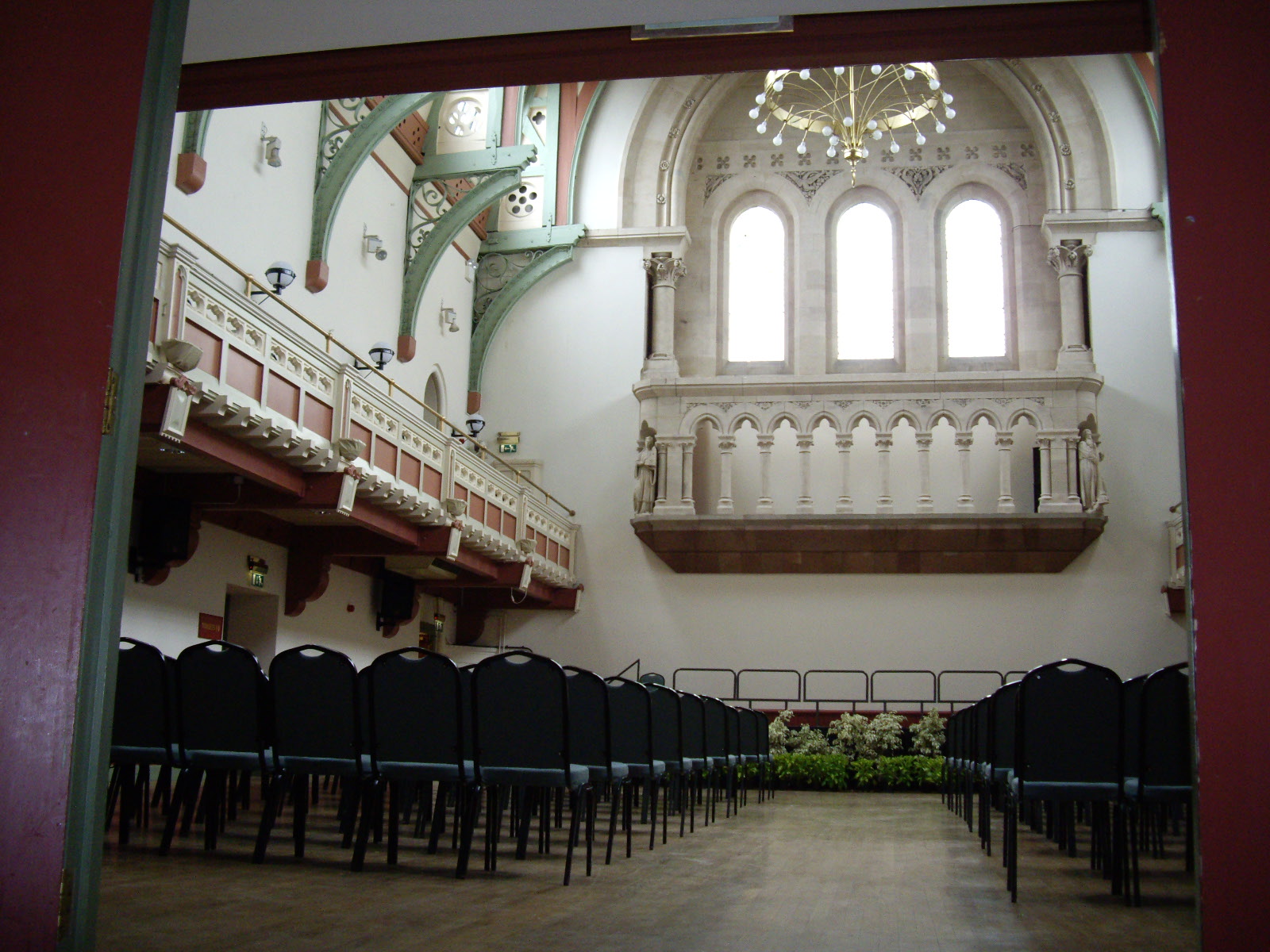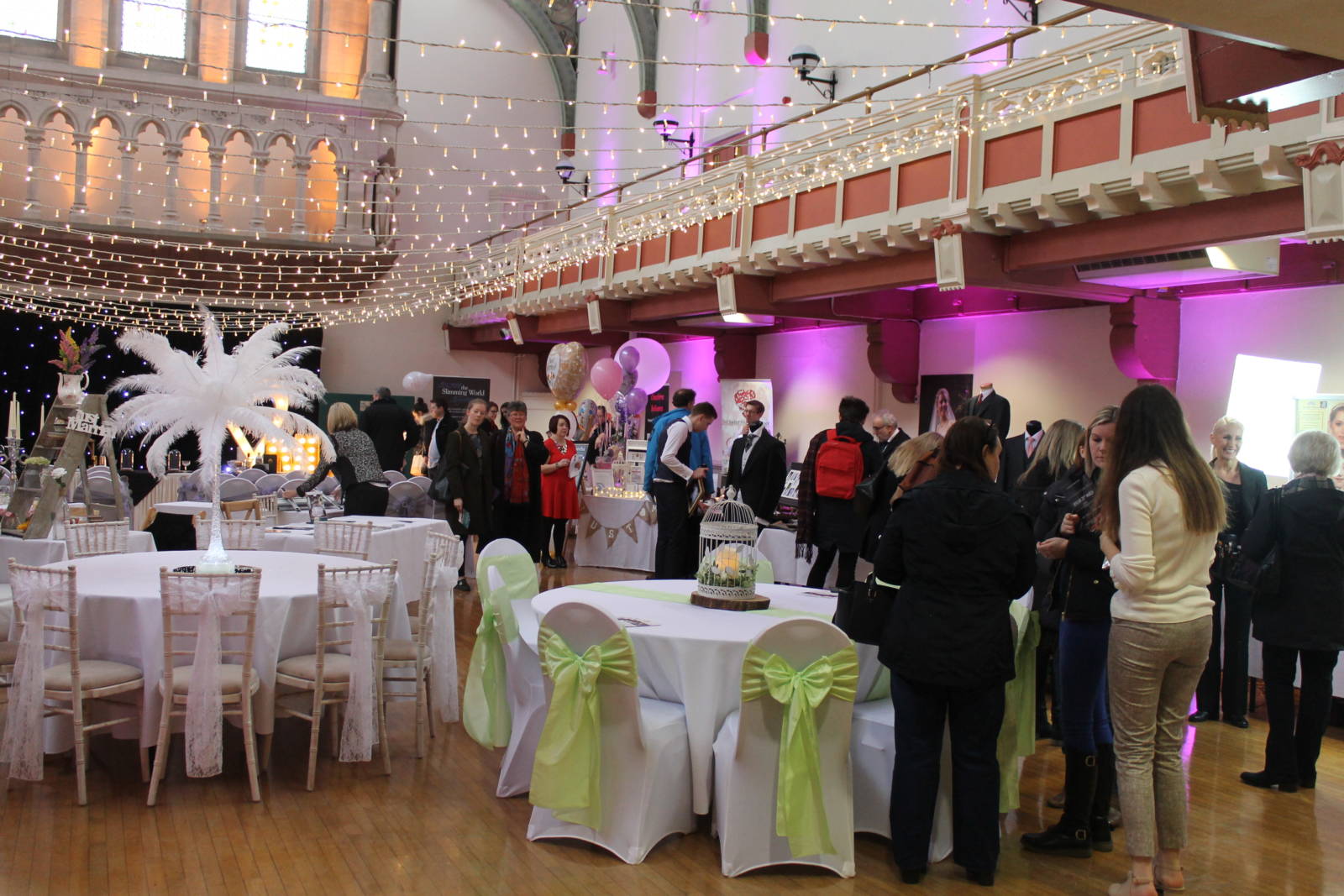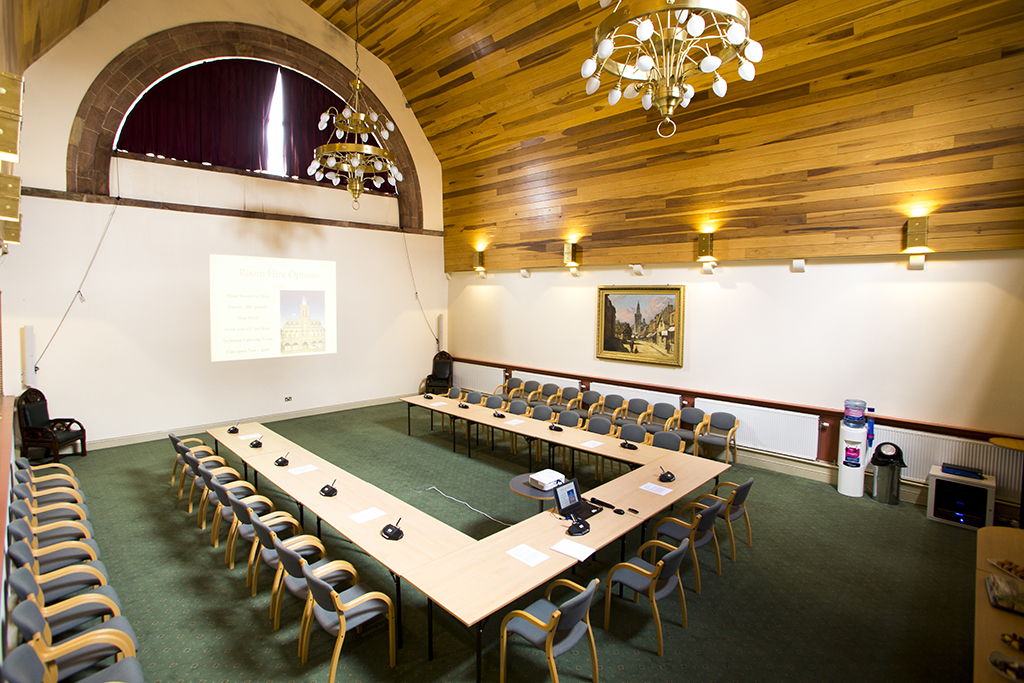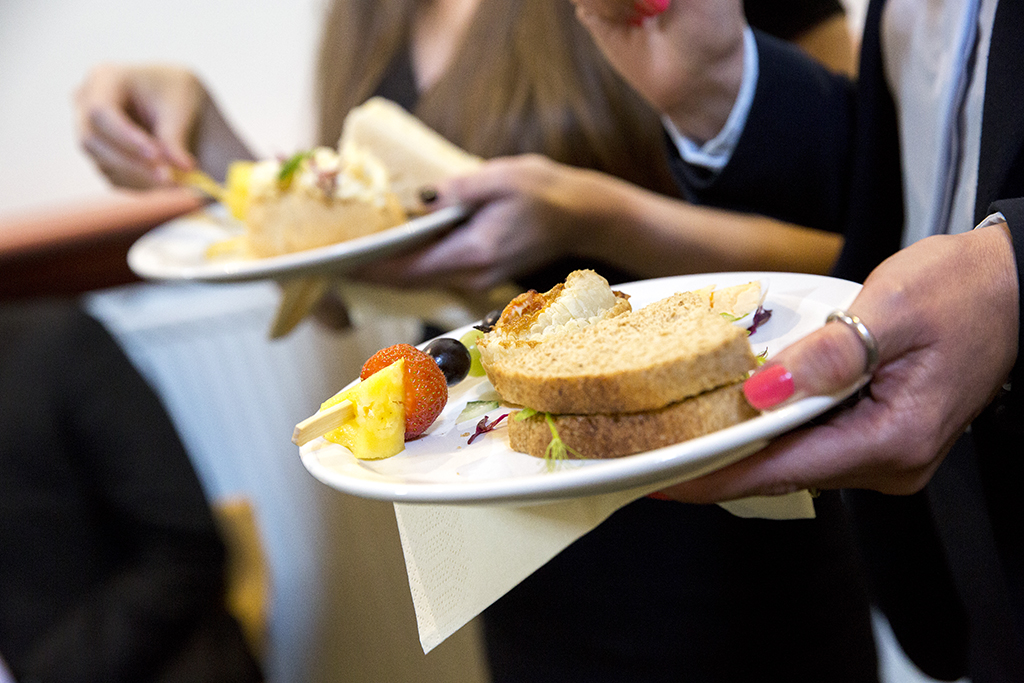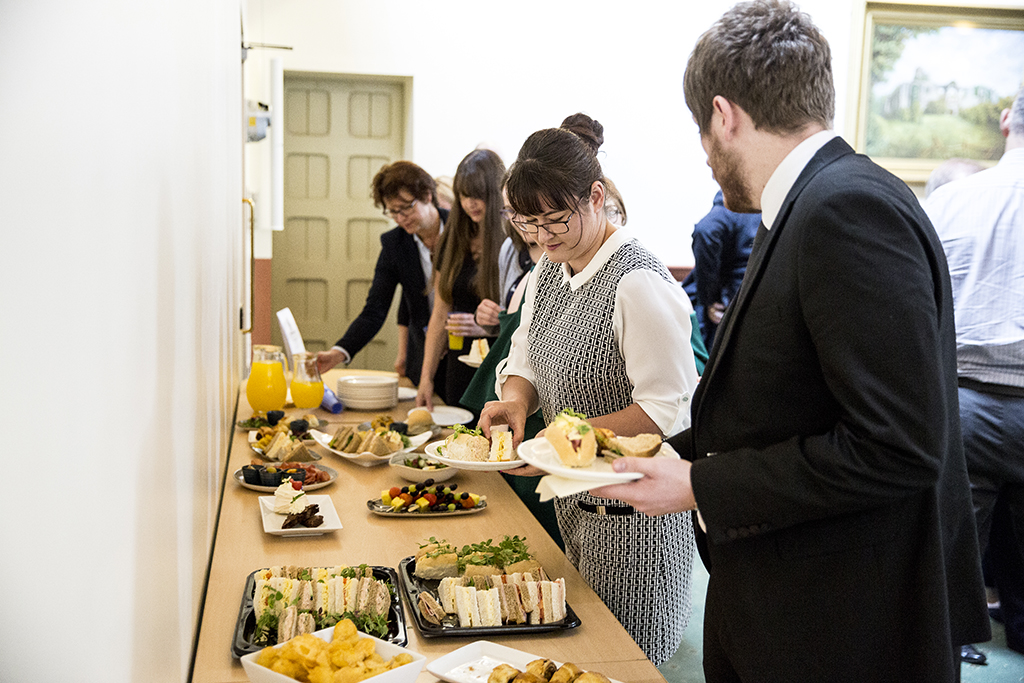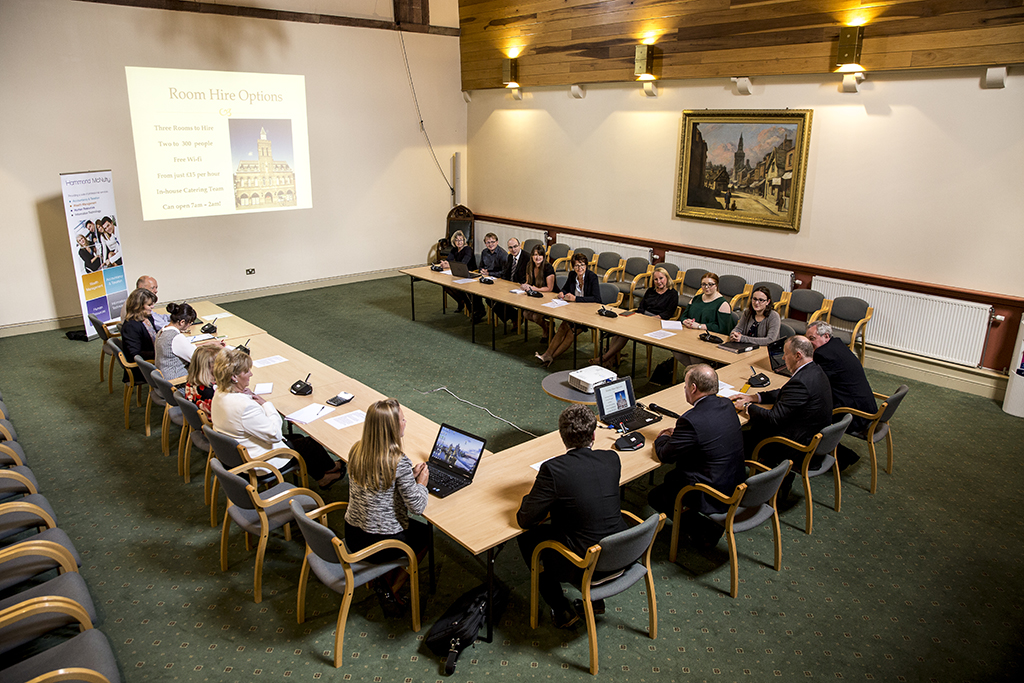According to ‘Bugs Matter’, insect populations in the UK have declined by almost 60% in the past 20 years, and many species are now in danger of extinction. Cheshire Wildlife Trust has confirmed that insect populations are in critical decline in our area and urgent action is required to reverse this.
With a third of our food crops and as many as 87% of other plants pollinated by insects there is a lot to lose. Much of our wildlife, be it birds, bats, amphibians, small mammals, or fish rely on insects for food. Without them we risk the collapse of our natural world.
In a bid to help combat the consequences of the UK’s drastically declining insect population, Congleton Town Council is building biodiversity thinking into our outdoor maintenance. For more information see our Outdoor Environment page.
In addition to managing our spaces differently the Council has worked with a qualified landscape architect to create a Biodiversity Plan for Congleton.
This plan identifies 30 sites where there is an opportunity to promote more biodiversity. Each site will have its own specific plan, taking into account the local conditions and the views of the local residents. The initial focus will be on 7 key sites: Quinta Park, Back Lane, Stirling Close, land off Hillfields Close, Redfern Avenue, Windsor Place and Blackshaw Close.
Introduction to site specific biodiversity plans
Official Launch of the Biodiversity Project
Congleton Town Council supported by its green partners, launched the Biodiversity Improvement project at Stirling Close on Thursday 6 April, 11am. Visitors had the opportunity to discover more about the issues around biodiversity and actions being taken locally to develop more green sites across Congleton.
Staff and volunteers from the project were on hand with interesting and informative displays, highlighting the town’s commitment and plans to improve biodiversity for both people and wildlife. Several groups involved in the project were there on the day to celebrate the official launch. For those who wanted to get more involved they could try their hand at hedge planting, tree planting and maintaining green spaces.
Congleton Town Council’s 30 Biodiversity Sites
The sites are as follows:
West Heath
- Padgbury Lane/Langdale Close/Rydal Close (CTC rewilding site)
- Thirlmere Close
- Newcastle Road linear green space
- Quinta Park Play Area (key site)
- Sycamore Avenue-Chestnut Drive
- Longdown Road-Chestnut Ave (CTC rewilding site)
- Bowness Court
- Newcastle Road-Solly Crescent
- Back Lane/Hawthorne Close group of small green spaces (key site)
Click below to see more about the 9 sites in West Heath:
Central
- Hankinson’s Field (CTC rewilding site)
- Banky Fields (CTC rewilding site)
- Thames Close-Townsend Road?
- Quayside-Goldfinch Road
- West Road (former Danesford frontage)
- Stirling Close (CTC rewilding site) (Key site)
Click below to see more about the 6 Central Sites:
Lower Heath
- Land off Hillfields Close (CTC rewilding site) (Key site)
- Lower Heath Play Area
- Hertford Close-Riverdane Road
- Lady Warburton’s Walk. Ownership unclear (CTC rewilding site)
- Buglawton
- Mardale Close
- Havannah Lane/St John’s Road
- St John’s Recreation Ground, Play Area and River Dane floodplain
- Redfern Avenue-Buxton Road (CTC rewilding site) (Key site)
Click below to see more about the 9 sites in Lower Heath:
Bromley Farm
- Bromley Woods (has an old management plan)
- Bromley Farm Play Area
- Windsor Place (key site)
Click below to see more about the 3 sites in Bromley Farm:
Mossley, Astbury Lane Ends, upper Canal St
- Derwent Drive (CTC rewilding site)
- Isis Close-Tamar Close (CTC rewilding site)
- Bridgewater Close (CTC rewilding site)
- Blackshaw Close (Key site)
Click below to see more about the 4 Mossley Sites:
Buglawton
- Havannah Lane – St John’s Road
- Mardale Close
- Redfern Avenue – Buxton Road (Key site)
- St John’s Playing Fields & Riverside
Click below to see more about the 4 Buglawton Sites:
Other alternative sites suggested:
- River Dane walkway (extent of CEC ownership to be determined)
- Area off Howarth Avenue
- Area off Pirie Road
- Congleton Cemetery (part-owned by CEC)
- Area off Camborne Close
- Area off Lamberts Lane, including bridleway
- Marshall Grove Play Area (managed but not owned by CEC)
Congleton Park and the Town Wood will have their own specific biodiversity plan, in addition to the sites listed above.
You can get involved in the work to develop these sites, comment on them or suggest other sites. Please email: info@congleton-tc.gov.uk if you would like to volunteer or comment.
Low Mow Town
Congleton Town Council will be adopting a low-mow town approach which will apply all year round. The decision agreed by the town council will see reduced grass cutting in various areas, with some agreed spaces left completely unmown. This includes parks, communal green spaces, recreational areas and residential open spaces.
The town council have learnt valuable lessons from the principles of leaving grass to grow wild. The new ‘relaxed’ approach to mowing has evolved from the technical and practical experience gained first hand by Streetscape operatives. An increasing number of councils across the UK are adopting similar sustainable regimes and more environmentally friendly maintenance plans.
The decision to become an all year round ‘Low Mow’ Town was implemented for many reasons, namely it will see bees and other pollinators flourish, improve habitats for wildlife and help in the fight against climate change.
Residents will see mowing schedules vary from area to area. Council officers have assessed each location to decide how it will be managed. Even where grass is cut less often, Streetscape will regularly visit to maintain the area. In certain parks and recreational areas the outskirts will be left long giving nature and wildlife the opportunity to thrive, with a balance of short grass to allow safe play and sports.
At the end of the growing season, the council will carry out a final cut and neaten everything up before winter. Local residents are encouraged to join in the scheme where possible to help combat the declining insect population and tackle climate change.
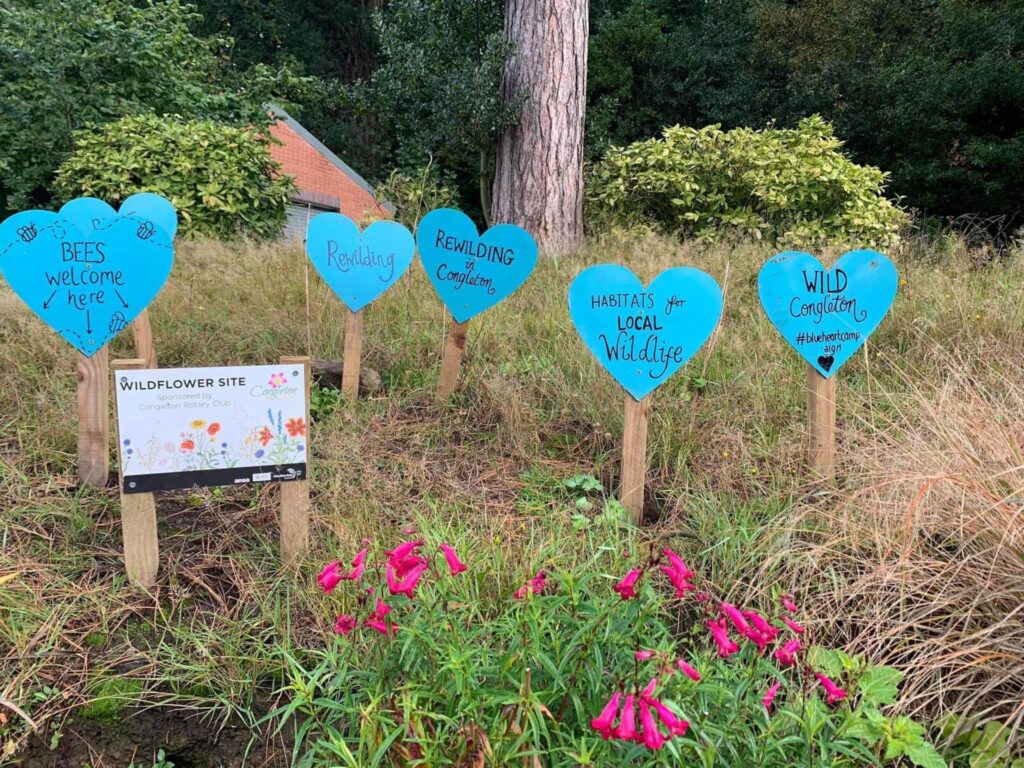
What about you?
Many Congleton residents are doing their bit to drive more Biodiversity and improve insect populations. If you have a garden or even a small outdoor area, you might like to try:
- Letting a section or all of your lawn grow long and maybe seeding wildflowers. This can create an important habitat for all sorts of insects and minibeasts, which then provide food for birds
- Growing flowering plants and shrubs that give nectar-rich food to butterflies and bees, as well as seeds, berries and cover for birds and small mammals
- Providing trees, climbing plants and hedges to create roosting and nesting sites for birds and mammals, as well as valuable shelter
- Adding a pond or water feature – these can be a habitat for a huge variety of animal life, from amphibians and invertebrates to bathing garden birds
- Not being too tidy! Woodpiles, compost and trimmings can be incredible places for animals to live, feed and hibernate.
There are many more tips for creating a biodiverse garden on the RSPB website’s page: Gardening for Wildlife.
For infographics and checklists about Biodiversity, check out our Green Resources page.
Go to Green Living
Go to Green Council
Last updated: 7th January 2023
Image by Freepik



